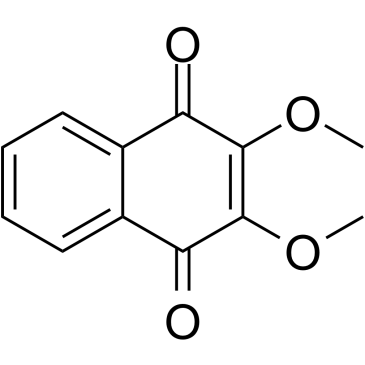Classification of heavy-metal toxicity by human DNA microarray analysis.
Koji Kawata, Hiroyuki Yokoo, Ryuhei Shimazaki, Satoshi Okabe
Index: Environ. Sci. Technol. 41(10) , 3769-74, (2007)
Full Text: HTML
Abstract
Microarray technology is proving to be a useful tool to classify undefined environmental toxicants, to investigate underlying mechanisms of toxicity, and to identify candidate toxicant-specific genetic markers by examining global effects of putative toxicants on gene expression profiles. The aim of this study was to evaluate the toxicities of six heavy metals through the comparison with gene expression patterns induced by well-known chemicals. For this purpose, we first identified the genes altered specifically in HepG2 under the exposure of 2,3-dimethoxy-1,4-naphthoquinone (DMNQ), phenol, and N-nitrosodimethylamine (DMN), which were selected as the model chemicals, using DNA microarray. On the basis of the expression profiles of these genes, toxicities of six heavy metals, arsenic, cadmium, nickel, antimony, mercury, and chromium, were evaluated. The specific gene alteration and hierarchical clustering revealed that biological action of six heavy metals was clearly related to that of DMNQ which has been reported to be a reactive oxygen species (ROS) generating chemical and which induced the genes associated with cell proliferative responses. These results suggest that cell proliferative responses which are probably caused by ROS are a major apparent biological action of high-dose heavy metals, supporting the previous reports. Overall, a mechanism-based classification by DNA microarray would be an efficient method for evaluation of toxicities of environmental samples.
Related Compounds
| Structure | Name/CAS No. | Molecular Formula | Articles |
|---|---|---|---|
 |
DMNQ
CAS:6956-96-3 |
C12H10O4 |
|
Carvacrol and rosemary essential oil manifest cytotoxic, DNA...
2014-01-01 [Neoplasma 61(6) , 690-9, (2014)] |
|
Posttranslational Regulation of Human DNA Polymerase ι.
2015-11-06 [J. Biol. Chem. 290 , 27332-44, (2015)] |
|
Hypoxia drives transient site-specific copy gain and drug-re...
2015-05-15 [Genes Dev. 29 , 1018-31, (2015)] |
|
Cancer-associated fibroblasts expressing CXCL14 rely upon NO...
2014-06-01 [Cancer Res. 74(11) , 2999-3010, (2014)] |
|
Quinone-induced protein handling changes: implications for m...
2014-10-15 [Toxicol. Appl. Pharmacol. 280(2) , 285-95, (2014)] |